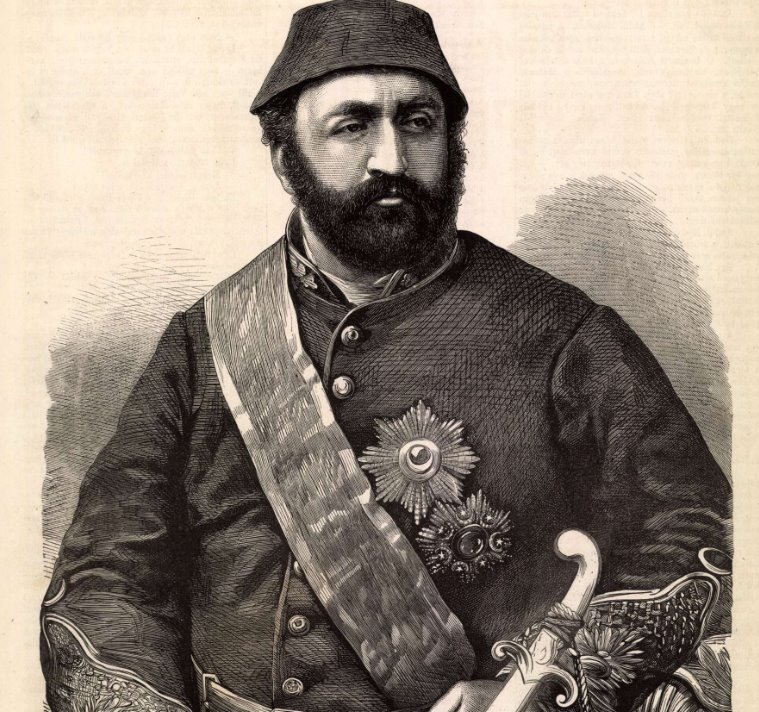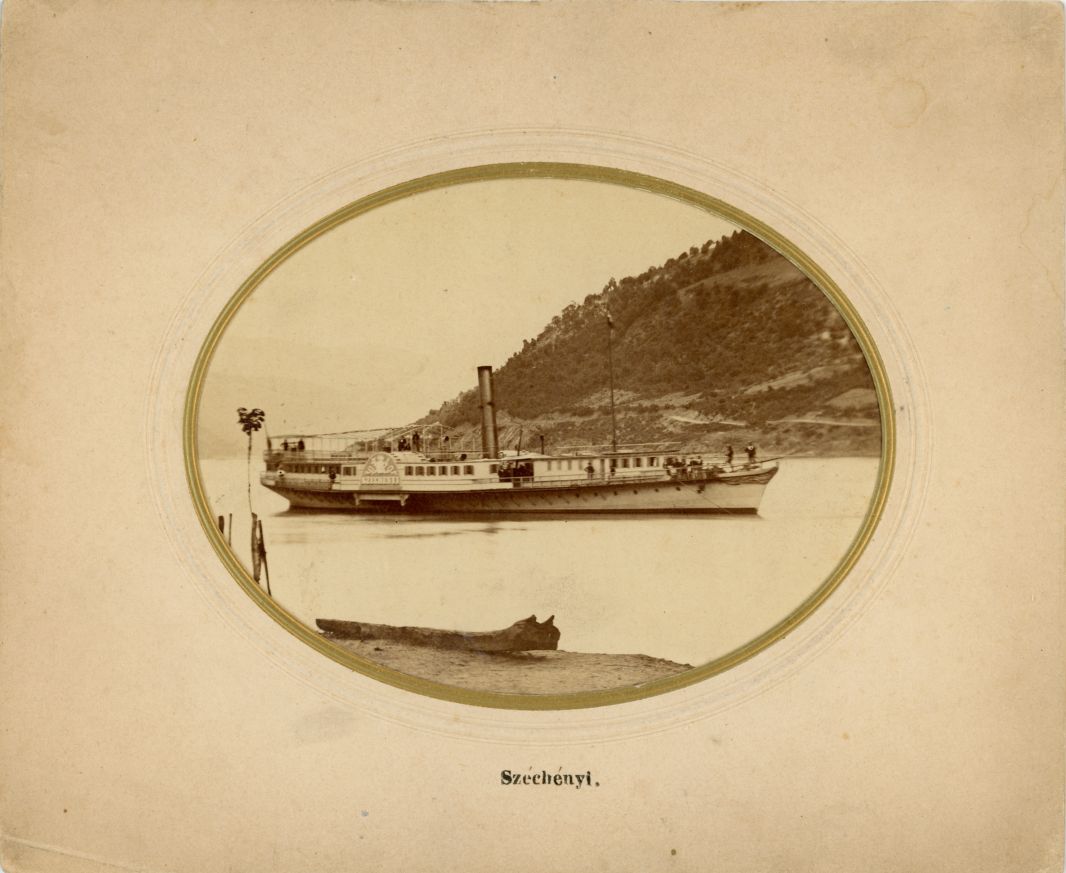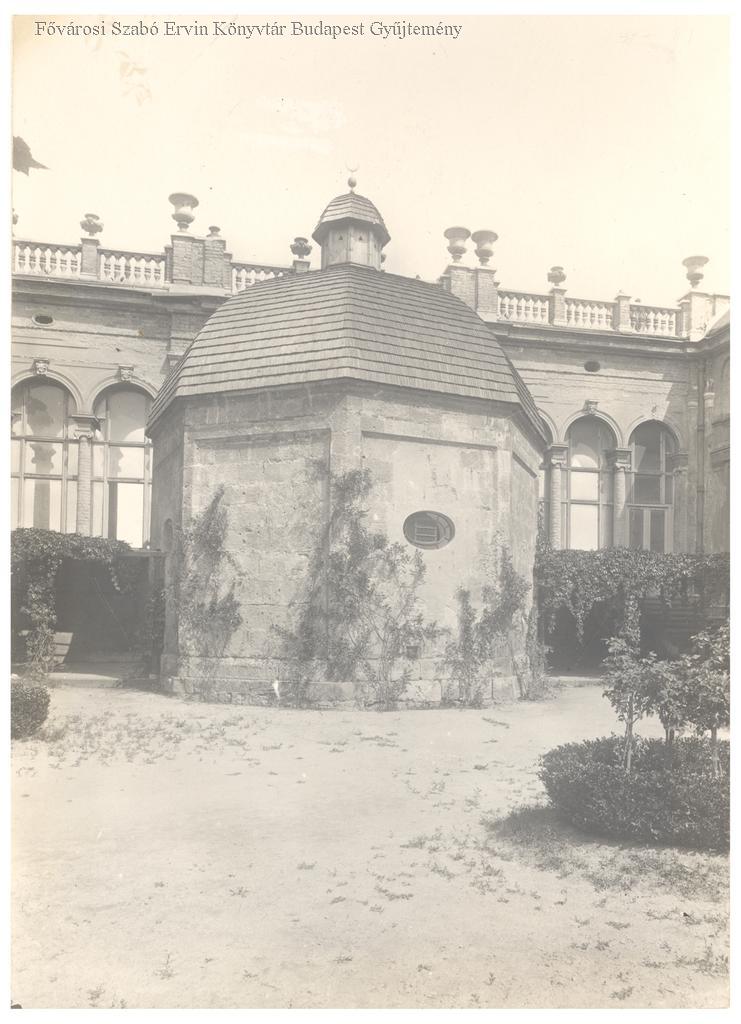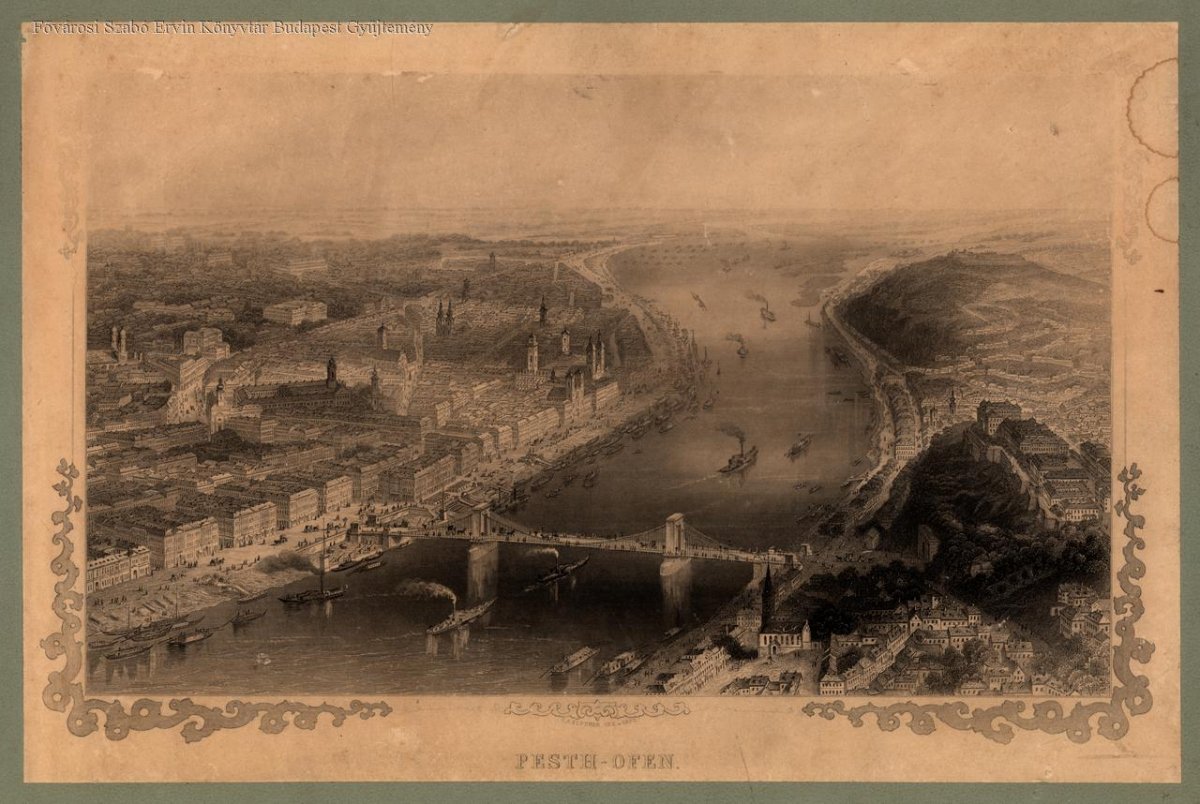The visit of the Turkish sultans to Hungary or possibly Buda in the 16th–18th centuries usually did not mean good (although during the wars of the 17th century, if a Turkish ruler came to Hungarian territory, he no longer visited Buda), it meant war and occupation. The most famous such visit - which did not officially start as a conquest - took place in 1541, when during the diplomatic visit of the Turkish sultan, the Turkish soldiers accompanying him on a "city tour" occupied the city.
However, 326 years later, another sultan was greeted with celebration by the population of Buda and Pest. Sultan Abdul-Aziz visited Western Europe in 1867, primarily London and Paris, from where he travelled home not by sea, but across the continent, passing Vienna and Pest-Buda as well.

Sultan Abdul-Aziz in issue 31 of 1867 of the newspaper Magyarország és a Nagyvilág
Turkey was in flux at this time, there were attempts at civil transformation, but Nikolas Russian Czar called the still powerful empire the "sick man of Europe" not without reason. Many great powers gravitated to the areas under Turkish rule or at least to greater economic influence over some areas, since Bulgaria, Bosnia, or the entire Middle East were still part of the empire at that time.
The Sultan's European tour was purely diplomatic, the Turkish ruler built relationships and alliances in European capitals. However, the success of the trip was doubtful, because due to the Sultan's propensity to spend, his expenses during the trip slightly shook the Turkish budget. It is interesting, however, that the Hungarian newspapers of the time presented the sultan as a moderate person, of course political PR was not unknown even then.

The steamer named Széchenyi of the First Danube Steamboat Shipping Company (DDSG), which transported the Sultan (Photo: The Hungarian Museum of Science, Technology And Transport, TFGY 6186)
Of course, all of this did not bother the people of Pest-Buda, who were barely over the Compromise and the coronation of Franz Joseph, in their eyes the monarch's visit meant recognition of the status of the capital of Hungary and the future Budapest, moreover, the Hungarian public did not forget that after the fall of the war of independence, the Turks provided shelter to the refugees. The Hungarian capital was prepared for the visit, and of course the papers mentioned the historical parallels. Politikai Ujdonságok wrote as follows on 31 July 1867:
"The Sultan will see the city and the country, which he once owned more than half of, but which he could not conquer for one and a half hundred years, in fact, it became the very place that dug the grave of the Ottomans' power. The Sultan will see two cities flourishing on both banks of the Danube."
The Sultan arrived from Vienna on a ship, namely on the decorated steamer Széchenyi, after 9:00 pm on 31 July 1867, accompanied by two other steamers - Rudolph and King Matthias. The ship was welcomed by a huge crowd, already at five in the afternoon people started to gather on the banks of the Danube and the Chain Bridge. According to the newspaper Nefelejcs, there were so many people on the bridge that the bridge track visibly bent. A delegation left for the sultan from Pest on the steamer Elisabeth (according to some reports, on the Karl Ludwig), which met the steamer Széchenyi at Vác and accompanied it to Pest from there. The 4 August 1867 issue of Nefelejcs reported on the arrival as follows:
"The red flag with the white star and crescent moon was hoisted on the mast of the Elisabeth, both ships started and allowed the fleet to pass to starboard. On the second ship was the Sultan, and a giant red flag with a blue crescent waved from the ship's mast. The padishah was welcomed by the crowd along the entire length of the bank with enthusiastic shouts of long live, which became even louder when the padishah came on board and tirelessly greeted the crowd with a white cloth. "Széchenyi" arrived at the Buda harbour under the Chain Bridge at 9 o'clock. The scene was gorgeous. Beneath a starry sky, the long reflection of the rippling dark river with a thousand shining worlds; the coastal houses on both sides are almost all lit up, and above on Gellért Hill, the roar of the 72 cannon shots was echoed many times by the mountains; the music, which plays the Turkish national anthem, and the truly enthusiastic reception from the crowd."
He left the ship the next morning, then drove to the Castle, where he was accompanied by the city and government dignitaries, while the people cheered for the Sultan and the marching band played the Hunyadi march. The reports did not address whether there was a reason that one of the accompanying ships was the King Matthias, while the Hunyadi-march sounded during the procession to the Castle.

The Tomb of Gül Baba (in its state at the end of the 19th century), which the sultan did not visit in the end (Photo: FSZEK Budapest Collection)
There, in the palace, he received delegates from the government, the courts, the county of Pest, the two cities, Buda and Pest, the Academy and the university. Pasha Fuad greeted the delegates in French on behalf of the Sultan. The entire reception lasted only fifteen minutes, and after a brunch, in the afternoon, accompanied by Minister of the Interior Béla Wenkheim, the program was a carriage ride. The procession of more than 30 carriages - accompanied by the cheers of the population - drove to Pest and drove around the capital, after which it returned to its ship around 4 pm, and set off for Turkey. The departing ship was farewelled by cannon shots from Gellért Hill.
The program had an interesting point. According to the previously released schedule, the sultan would have visited the Tomb of Gül Baba in Buda, as it is a Mohammedan pilgrimage site. The capital's newspapers, preparing for the quick publication, wrote in advance the uplifting coverage of the moved and praying sultan, and they even appeared in the newspapers - if they had already been paid - but according to some reports, the visit to the shrine was cancelled at the last minute due to lack of time.
Cover photo: Pest-Buda in the 1860s



































